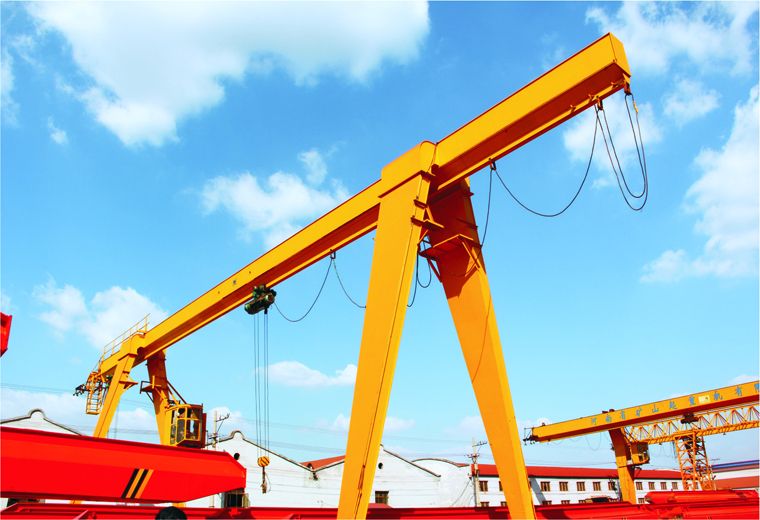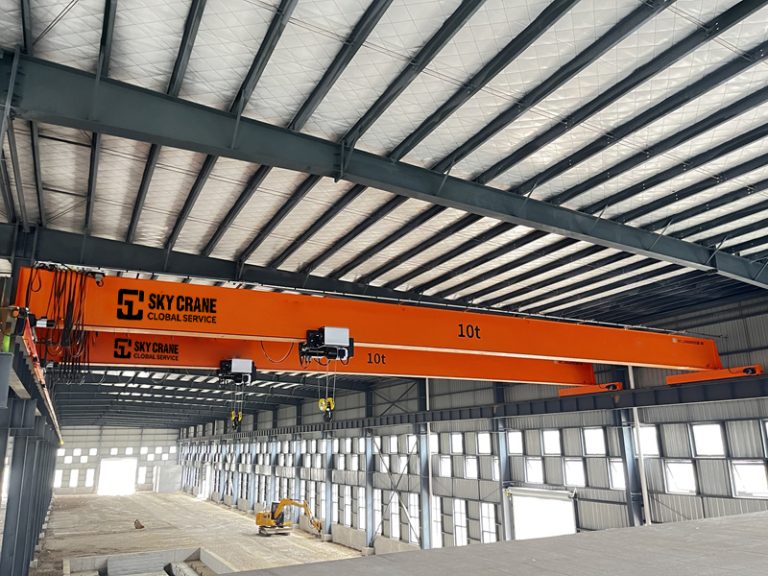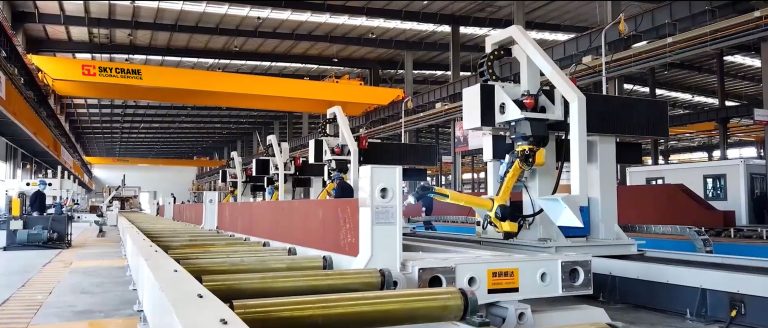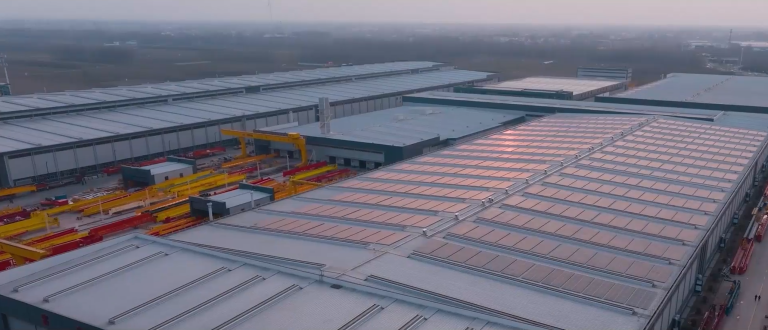Table of Contents
Customized Solutions for European Electric Single Beam Cranes: Supplier Insights
In the realm of material handling, European electric single beam cranes have emerged as a vital component for various industries, ranging from manufacturing to construction. These cranes are renowned for their efficiency, reliability, and versatility, making them an indispensable asset in modern operations. However, the unique requirements of different industries necessitate a tailored approach to crane design and functionality. Consequently, suppliers of electric single beam cranes in Europe have increasingly focused on providing customized solutions to meet the specific needs of their clients.
One of the primary advantages of opting for customized electric single beam cranes is the ability to adapt the equipment to the operational environment. For instance, industries that operate in confined spaces may require cranes with a reduced footprint, allowing for optimal maneuverability without compromising on lifting capacity. Suppliers understand that such specifications are crucial for maximizing productivity while ensuring safety. Therefore, they work closely with clients to assess their operational constraints and design cranes that fit seamlessly into their workflows.
Moreover, customization extends beyond physical dimensions; it also encompasses the technological features integrated into the cranes. As industries evolve, so too do their demands for advanced functionalities. Suppliers are increasingly incorporating smart technologies into their electric single beam cranes, such as load monitoring systems, remote control capabilities, and automated operation features. These innovations not only enhance operational efficiency but also improve safety by minimizing human error. By collaborating with clients to identify the most beneficial technological enhancements, suppliers can deliver cranes that not only meet current needs but are also adaptable for future advancements.
In addition to operational and technological considerations, aesthetic customization is also gaining traction among clients. While functionality remains paramount, the visual appeal of equipment can play a significant role in brand identity and workplace morale. Suppliers are now offering options for color schemes, finishes, and branding elements, allowing companies to align their cranes with their corporate image. This attention to detail reflects a broader trend in the industry, where the integration of form and function is increasingly recognized as essential.
Furthermore, the customization process is not merely a one-time engagement; it often involves ongoing collaboration between suppliers and clients. After the initial design and installation, suppliers typically provide maintenance and support services tailored to the specific crane configuration. This ensures that the equipment continues to operate at peak performance throughout its lifespan. Regular assessments and updates can be implemented based on evolving operational needs, thereby fostering a long-term partnership that benefits both parties.
As the demand for customized electric single beam cranes continues to rise, suppliers are also investing in research and development to enhance their offerings. By staying abreast of industry trends and technological advancements, they can provide innovative solutions that address emerging challenges. This proactive approach not only positions suppliers as leaders in the market but also ensures that clients receive cutting-edge equipment that enhances their operational capabilities.

In conclusion, the customization of European electric single beam cranes represents a significant evolution in the material handling industry. By focusing on tailored solutions that address the unique needs of various sectors, suppliers are not only enhancing the functionality and efficiency of their cranes but also fostering strong partnerships with their clients. This commitment to customization, combined with ongoing support and innovation, underscores the importance of adaptability in an ever-changing industrial landscape. As industries continue to evolve, the role of customized electric single beam cranes will undoubtedly remain pivotal in driving productivity and safety.
The Role of Suppliers in Tailoring Electric Single Beam Cranes for European Industries
In the dynamic landscape of European industries, the demand for efficient and reliable lifting solutions has led to the increasing popularity of electric single beam cranes. These cranes are particularly valued for their versatility, ease of use, and ability to enhance productivity in various sectors, including manufacturing, construction, and logistics. However, the effectiveness of these cranes is significantly influenced by the role of suppliers who specialize in customizing them to meet the specific needs of different industries. By understanding the unique requirements of their clients, suppliers can provide tailored solutions that optimize performance and ensure safety.
One of the primary advantages of electric single beam cranes is their adaptability. Suppliers recognize that each industry has distinct operational challenges and requirements. For instance, a manufacturing facility may require cranes that can handle heavy loads with precision, while a warehouse might prioritize cranes that facilitate quick and efficient material handling. By engaging in a thorough consultation process, suppliers can gather essential information about the operational environment, load specifications, and any regulatory compliance that must be adhered to. This collaborative approach allows suppliers to design cranes that not only meet but exceed the expectations of their clients.
Moreover, the customization process often involves selecting the appropriate materials and components that align with the specific operational demands. Suppliers can offer a range of options, from different types of hoists and controls to various safety features. For example, in industries where hazardous materials are handled, suppliers may recommend cranes equipped with advanced safety mechanisms, such as overload protection and emergency stop systems. This attention to detail not only enhances the functionality of the cranes but also ensures that they operate safely within the parameters set by industry regulations.
In addition to the technical specifications, suppliers also play a crucial role in the aesthetic and ergonomic aspects of electric single beam cranes. The design of the crane can significantly impact its usability and the overall workflow within a facility. Suppliers can customize the height, reach, and control systems to ensure that operators can work comfortably and efficiently. This focus on ergonomics not only improves productivity but also contributes to the well-being of the workforce, reducing the risk of injuries associated with improper lifting techniques.
Furthermore, the relationship between suppliers and their clients does not end with the delivery of the customized cranes. Ongoing support and maintenance are essential components of the supplier-client dynamic. Suppliers often provide training for operators to ensure they are well-versed in the safe and effective use of the equipment. Additionally, they may offer maintenance services to keep the cranes in optimal working condition, thereby extending their lifespan and minimizing downtime. This commitment to customer service reinforces the importance of choosing a supplier that not only understands the technical aspects of crane design but also values long-term partnerships with their clients.
| Number | Name |
| 1 | European electric single beam |
| 2 | L-type gantry crane |
| 3 | European-style crane |
| 4 | Harbour crane |
In conclusion, the role of suppliers in tailoring electric single beam cranes for European industries is multifaceted and vital. By offering customized solutions that address the specific needs of various sectors, suppliers enhance the efficiency, safety, and usability of these cranes. Their expertise in selecting appropriate materials, incorporating safety features, and providing ongoing support ensures that clients receive not only a product but a comprehensive solution that contributes to their operational success. As industries continue to evolve, the collaboration between suppliers and clients will remain essential in driving innovation and efficiency in lifting solutions across Europe.





